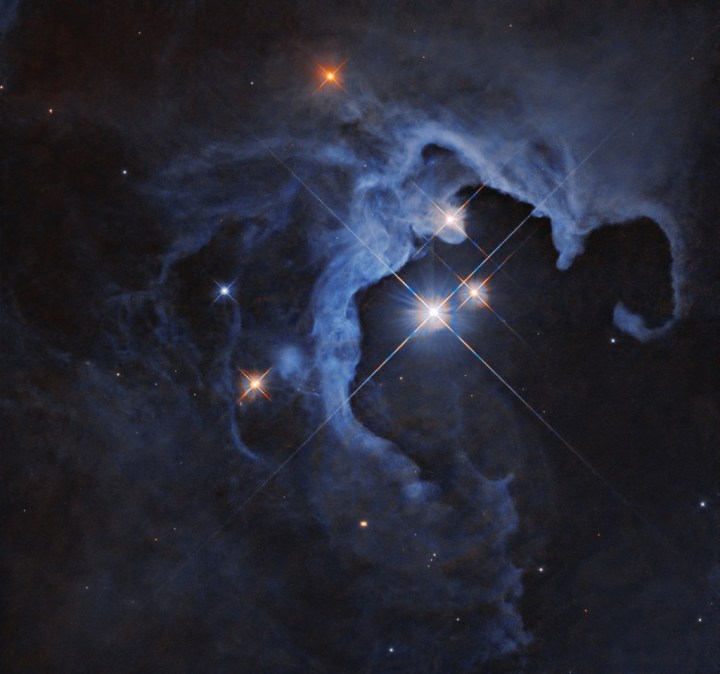This NASA Hubble Space Telescope image shows a three-fold - star star scheme . NASA , ESA , G. Duchene ( Universite de Grenoble I ) ; Image Processing : Gladys Kober ( NASA / Catholic University of America )
A gorgeous new persona from the Hubble Space Telescope picture a triple star arrangement , where three wiz are make in tandem to create a reflection nebula . The triplet of stars are located 550 light - yr aside , and include one particular wizard , HP Tau , that is like a young adaptation of our Dominicus and will finally get up to be a similar H - fueled star in millions of years ’ prison term .
At the bit , HP Tau is less than 10 million years old , compare to the 4.6 billion class years of the sunlight . It is currently a type of star called a T Tauri star , which is a variable type of maven that changes in light over meter . There are two reasons that a star will be varying : Either it stays the same brightness , but itappearsto be more or less bright from Earth because of gene like dust getting in the way of our view of it , or the star is in reality interchange its brightness level over time .

This NASA Hubble Space Telescope image shows a triple-star star system.NASA, ESA, G. Duchene (Universite de Grenoble I); Image Processing: Gladys Kober (NASA/Catholic University of America)
Some variable star are predictable and change light over a fixed time period , such as Cepheid variables , which pulsate in a predictable fashion with a relationship between their overall brightness and the hurrying at which the changes in brightness happen . That makes Cepheid variables exceedingly important in astronomy , as their heart rate can be used as mile marker to recite how far away they are — which take them part of the “ cosmic distance run , ” which iskey for cosmology research .
But other stars change their brightness in irregular ways — like the nearby star Betelgeuse , which was once one of the bright object in the sky , but whose brightness hasfluctuated wildlyin recent year . In that case , some astronomer thought that Betelgeuse was change in brightness because it was coming to the final stage of its life and was about to go supernova , but more late research suggests that the genius really produced a swarm of material that lug some of its light , making it look dimmer .
As for HP Tau , this star topology appear to be commute in brightness in both predictable and irregular direction : irregular because its actual brightness is waver as its grows through the early stage of its life-time , and predictable because it has expectant sunspots . As NASAexplains : “ The random variations may be due to the helter-skelter nature of a developing untried star , such as imbalance in the accretion disk of rubble and gas around the star , stuff from that disk falling onto the star and being eat up , and flare on the star ’s surface . The periodic changes may be due to jumbo sunspots go around in and out of view . ”